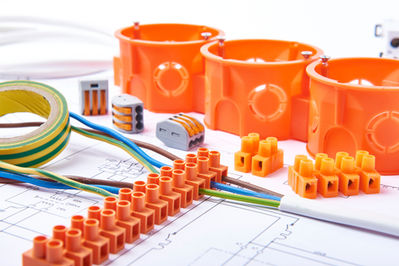
Matrix Plastics Ltd

Colour compounding and colour masterbatch solutions for plastics.
Matrix Plastics is a market-leading colour compounding and masterbatch service provider to the polymer industry from our
35,000 sq.ft. site in Berkshire (just 10 minutes from Heathrow Airport).
Matrix Plastics is a UK-based manufacturer specialising in the production of high-performance colour compounds and colour masterbatch for plastic manufacturers. With more than 30 years of experience, we deliver precision colour technology, custom colour matching, material expertise and reliable sourcing, handling and supply, packaging and repacking, and further complementary services for customers across multiple industries, including packaging, consumer goods, automotive and construction.
As part of our versatile service offering, we provide colour compounding from quantities of 1kg to full truck loads, as well as a 1-hour colour match service. We also provide flexible colour matches according to CMYK, Pantone, RGB, RAL and more.
What polymer materials do we work with?
Our flexible approach to compounding means we work with both customer-supplied polymer and polymer we source ourselves. Materials include, but aren't limited to: ABS / MABS, POM (Acetal), ASA, PBT, Polycarbonate, PC/ABS, PMMA, PA (Nylon), Polypropylene, Polystyrene, TPEs.
What compounding methods do we offer?
As experts in the field of polymer compounding, our extensive service offering includes options to suit all polymer materials, applications, processing methods and budgets.
Colour compound manufacturing
Our custom colour compounds are designed to meet the exact mechanical, thermal and aesthetic requirements of your application. Pigments are encapsulated into the polymer during the extrusion process ensuring full colour dispersal. By combining polymers, pigments and additives under carefully controlled conditions, we produce ready-to-use materials that offer exceptional colour consistency, processing stability and long-term performance. every colour compound is developed in collaboration with our customers to ensure the right balance of function, appearance and production efficiency.
Colour masterbatch solutions
Matrix Plastics offers a comprehensive range of colour masterbatch formulations to suit a variety of manufacturing processes. From injection moulding and extrusion to blow moulding, our masterbatches deliver outstanding dispersion, colour strength and batch-to-batch repeatability. Masterbatch contains very high levels of colourants (up to 80%) which are then mixed at a fixed ratio to give a specific colour. There are two types of masterbatch: polymer/ carrier specific (where the carrier is the same material as the base) and universal (where the carrier will readily mix with a range of different polymers). Our technical team provides expert colour matching and rapid turnaround for both standard and bespoke shades, ensuring your production lines run smoothly and consistently.
Support for plastics manufacturers
We work closely with manufacturers to provide a complete colour solution – from initial concept through to delivery. Our experienced team can advise on polymer selection, processing parameters and sustainable alternatives, helping you achieve optimal performance and environmental compliance. Through our in-house R&D and quality control laboratories, we ensure every product meets strict specifications and regulatory requirements.
Quality, compliance and innovation
As a UK manufacturer, we are proud to uphold the highest standards of quality and consistency. Matrix Plastics is certified to ISO 9001 and ISO 14001, and our medical division operates to ISO 13485 standards for regulated applications. For more information about our medical masterbatch capabilities, please visit our medical plastics page.
NIR-Detectable Masterbatches
Matrix Plastics is able to support producers to increase recycling output and reduce EPR fees with NIR-detectable black and silver masterbatches available for a wide variety of polymers, including PET, PP and PE.

Additional Services














